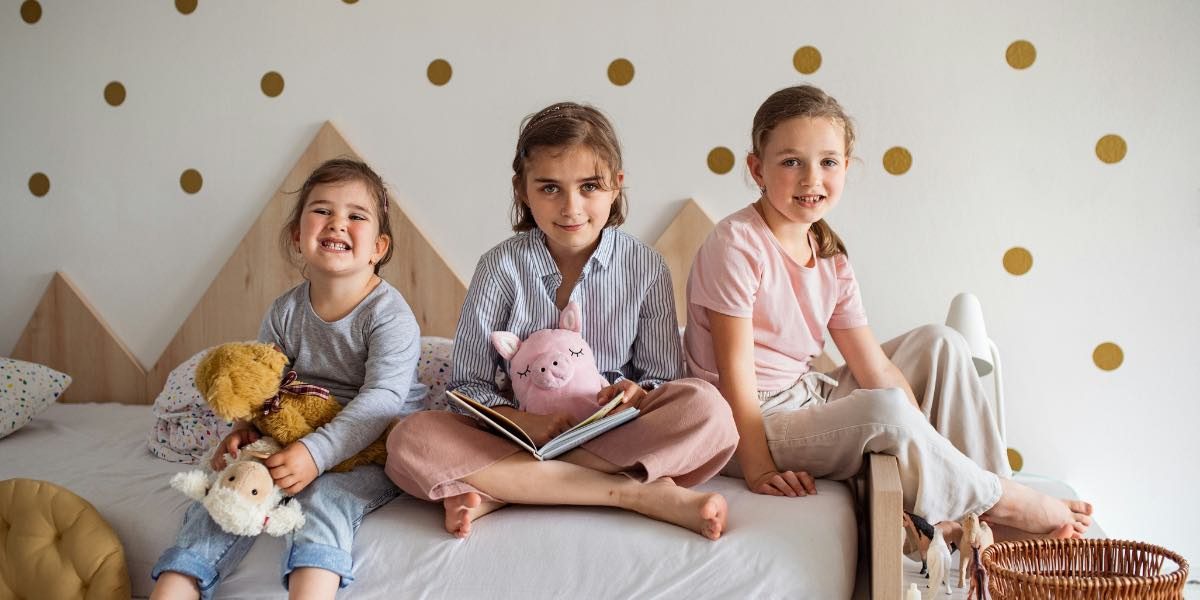The way children’s clothing is designed and produced has seen a noticeable shift in recent years. Comfort and longevity have become central concerns for kidswear brands aiming to meet the evolving needs of families. This focus reflects broader changes in consumer expectations and a growing awareness of the practical challenges that parents face when dressing their children.
Read also: Parenting in the Digital Age: Kidfluencer Challenges
Why Comfort Has Become a Key Focus in Kidswear
Children’s clothing is no longer just about appearance; it must also accommodate active, growing bodies. Comfort is a priority because kids are often very sensitive to how their clothes feel. It is common for parents to observe that children resist wearing garments that feel restrictive or irritating. As a result, kidswear brands have started to pay closer attention to fabric choices, garment construction, and fit.
Soft, breathable materials are increasingly favored because they help regulate body temperature and reduce skin irritation. Stretch fabrics that allow ease of movement have also gained popularity, helping children engage more freely in play and daily activities. Comfort-oriented designs aim to address not only the physical needs of kids but also the emotional aspect — clothing that feels good can help children feel more confident and happy.
How Longevity Shapes Design and Material Choices
Longevity is another important factor that parents consider when purchasing kidswear. Children’s rapid growth and active lifestyles mean that garments can wear out quickly, leading to frequent replacements. This cycle not only affects household budgets but also has environmental implications. Kidswear brands are increasingly aware of this and are making efforts to create clothing that lasts longer and withstands repeated washing and rough use.
Durable fabrics and reinforced stitching are examples of how brands address longevity. Materials that resist pilling, fading, and shrinking help garments maintain their appearance and functionality over time. Some brands also focus on timeless styles and adjustable features, such as elastic waistbands or extendable hems, which can accommodate children’s growth and prolong the lifespan of the clothing.
What Drives the Shift Toward Comfort and Longevity?
A mix of factors influences this shift in kidswear priorities. Parents today often balance busy schedules with tight budgets, and the desire for clothes that offer good value has become more pronounced. Clothes that wear well and remain comfortable over time can ease some of the practical stresses of managing a child’s wardrobe.
There is also a growing awareness of sustainability, with more families seeking to reduce waste by choosing clothing that can be worn longer and handed down. Kidswear brands that prioritize durability and comfort may be responding to these changing consumer values as well as to wider conversations about environmental responsibility.
How Are Kidswear Brands Meeting These Expectations?
Many brands have begun rethinking their approach to materials and construction. Natural fibers, such as organic cotton, are increasingly common because of their softness and breathability. These materials tend to be gentler on children’s skin and often have fewer chemicals involved in their production, which can be appealing to health-conscious parents.
In terms of design, simplicity and practicality often take precedence over elaborate details that might hinder comfort or durability. Minimal seams, tagless labels, and loose cuts are examples of how brands aim to reduce irritation and allow for natural movement. Some brands experiment with fabric blends that combine the best qualities of different materials to achieve both softness and strength.
What Impact Does This Have on Families?
For families, the emphasis on comfort and longevity can bring both convenience and peace of mind. Clothes that fit well and feel comfortable reduce the daily struggles around dressing children. Durable items mean fewer trips to replace worn-out garments, which can save time and money. Parents may also feel more confident that the clothing choices they make align with their values, particularly when it comes to sustainability and quality.
Children benefit as well. Comfortable clothing supports their physical development and encourages an active lifestyle, which is important for health and well-being. Wearing durable clothes also means children can enjoy their favorite items longer without restrictions on their activities or concerns about damage.
Are Comfort and Longevity Changing Kidswear Trends?
These priorities are gradually influencing broader trends in children’s fashion. While bright colors and playful patterns remain popular, there is a noticeable trend toward understated designs that focus on wearability and versatility. Brands are blending style with function, offering clothes that can be mixed and matched easily and worn in a variety of settings, from playdates to family outings.
This shift may also reflect a more mindful approach to consumption. Families are becoming more selective about the pieces they add to their children’s wardrobes, placing value on quality and comfort over quantity or fast fashion trends. As a result, kidswear brands that emphasize durability and comfort are aligning themselves with these evolving preferences.
What Challenges Do Kidswear Brands Face?
Balancing comfort, durability, and cost is a complex challenge for many brands. Producing higher-quality materials and employing more careful construction methods can increase production costs, which may affect the final retail price. For some families, affordability remains a key concern, and brands must find ways to offer comfort and longevity without making clothes prohibitively expensive.
There is also the challenge of designing for a wide range of ages, body types, and activity levels. What works well for a toddler may not be suitable for an older child who needs more robust clothing for outdoor activities. Creating versatile lines that accommodate different needs requires thoughtful design and material choices.
Read also: Work-Life Balance for Parents: Managing Relationships and Family Commitments
What Might the Future Hold for Kidswear?
The increasing attention to comfort and longevity is likely to continue shaping kidswear in the years ahead. Advances in fabric technology, such as innovations in sustainable materials and textiles that enhance durability, could play an important role. Brands may also further incorporate adjustable features and modular designs that grow with the child, reducing the need for frequent replacements.
At the same time, consumer demand for responsible production and transparency is expected to grow. Families may seek greater assurance that clothes are made ethically and with minimal environmental impact. Kidswear brands that respond to these concerns while maintaining a focus on comfort and durability will likely find a receptive market.







